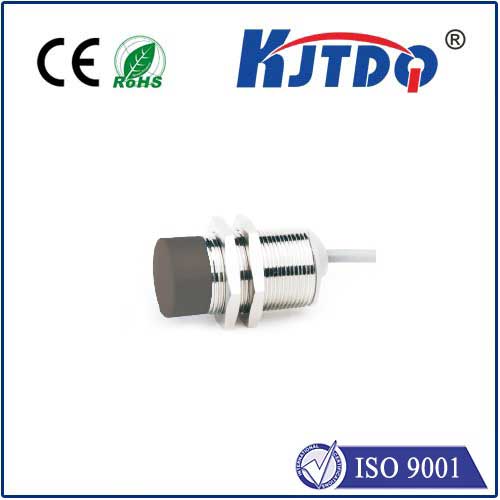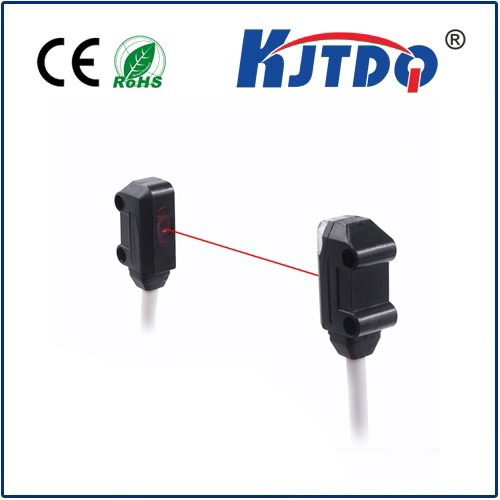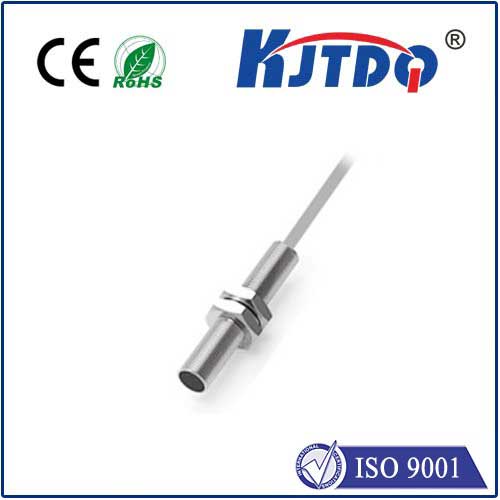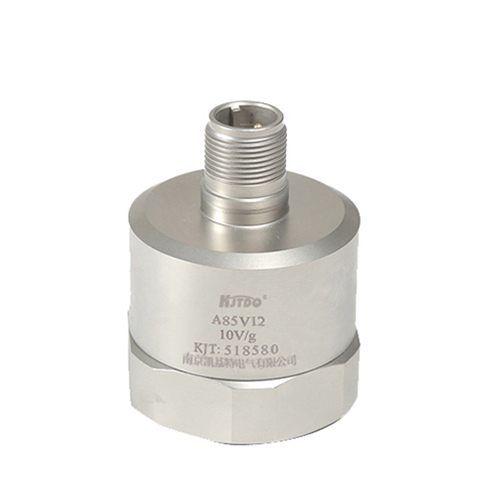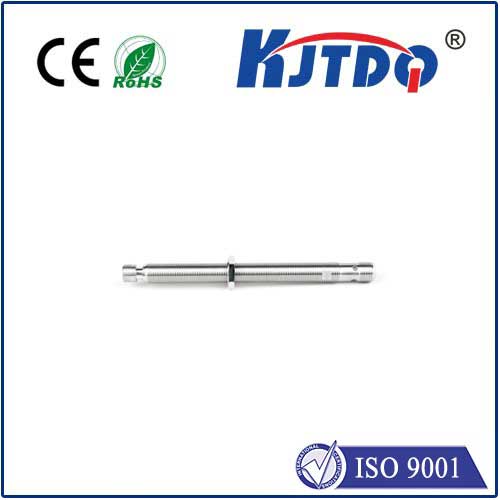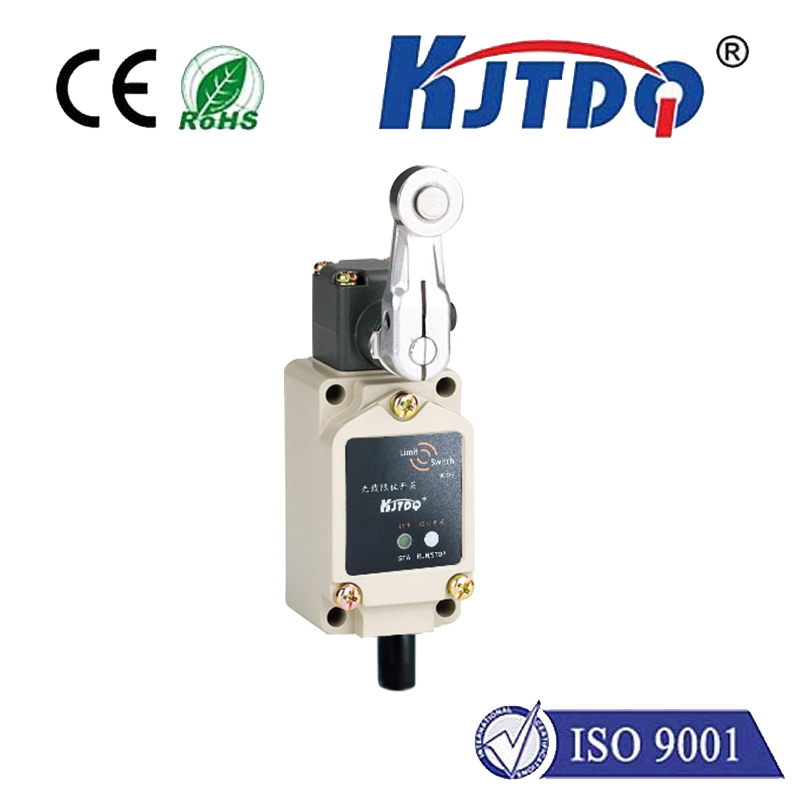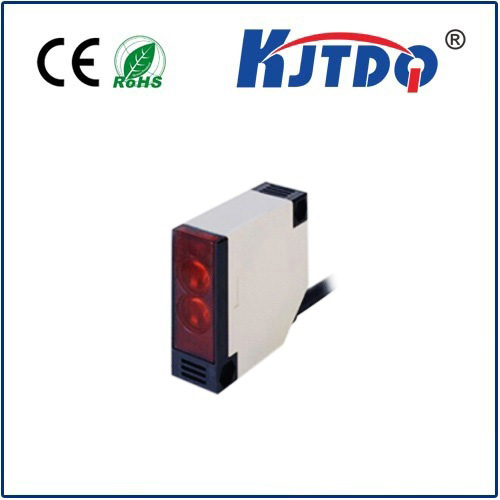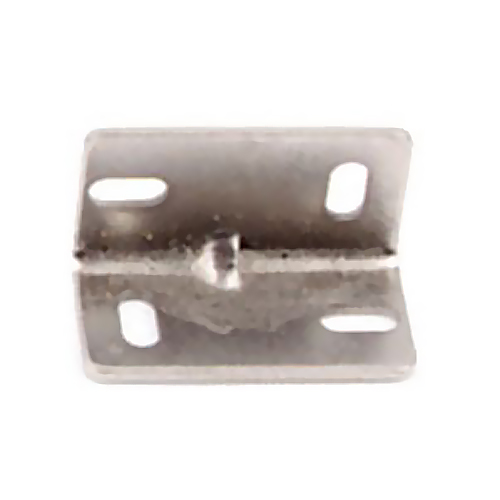индукционный датчик приближения
- time:2025-09-05 12:47:27
- Нажмите:0
Unlocking Efficiency: The Essential Guide to Inductive Proximity Sensors
Invisible Sentinels of the Automated World: How Inductive Proximity Sensors Drive Precision and Reliability
Imagine a high-speed assembly line, robotic arms moving with blinding speed, precisely placing components. How does the machinery know where the metal part is without touching it? How does it avoid collisions or ensure perfect positioning? The unsung hero behind much of this seamless, non-contact detection is the индукционный датчик приближения. These robust and dependable devices are fundamental pillars of modern industrial automation, manufacturing processes, and countless machinery applications where reliable metal detection is paramount. Understanding their core principles, capabilities, and diverse applications is key to appreciating their critical role in efficiency and safety.
The Heart of the Matter: Electromagnetic Induction
At their core, inductive proximity sensors operate on the principle of electromagnetic induction, famously discovered by Michael Faraday. Here’s a simplified breakdown of their operation:

- Generating the Field: The sensor contains an internal coil (inductor) powered by an oscillator to generate a high-frequency oscillating electromagnetic field that radiates from the sensor’s active face.
- The Target Effect: When a metallic object – the “target” – enters this field, eddy currents are induced on the surface of the metal. This phenomenon occurs because the changing magnetic field generates circulating electrical currents within the conductive target material. Eddy Currents are central to the sensor’s detection mechanism.
- Energy Absorption: The creation of these eddy currents absorbs energy from the sensor’s oscillating circuit. This energy loss is significant.
- Signal Shift Detection: The sensor continuously monitors the amplitude of its own oscillation. The energy loss caused by the eddy currents results in a detectable damping or reduction in the oscillation amplitude. Some sensor designs may instead monitor a shift in oscillation frequency.
- Output Switching: An internal circuit (demodulator, amplifier, and output stage) detects this change in oscillation and triggers a solid-state electronic switch (like an NPN or PNP transistor). This switch changes the state of the sensor’s electrical output signal (e.g., from OFF to ON or vice-versa), signaling the presence of the metal target. Output Switching is the tangible action resulting from detection.
Crucially, this entire process happens without any physical contact between the sensor and the target. Only the electromagnetic field makes contact.
Defining Characteristics: Why Choose Inductive?
Inductive proximity sensors possess a unique set of features that make them indispensable in demanding environments:
- Non-Contact Operation: Eliminates wear and tear on both the sensor and the target, ensuring extremely long operational life. Frictionless detection is a major advantage.
- High Reliability & Long Life: With no moving parts to wear out (relying solely on solid-state electronics), these sensors offer exceptional durability and minimal maintenance requirements. High Reliability is a hallmark.
- Прочная структура: Typically housed in rugged materials like nickel-plated brass, stainless steel, or specialized plastics (PBT), they are highly resistant to environmental challenges. Key attributes include:
- Resistance to Vibration & Shock: Crucial for machinery environments.
- Imperviousness to Dust, Dirt, and Oils: Capable of operating effectively in dirty industrial settings.
- Immersion Resistance (IP67/68/69K): Many models are fully sealed, allowing them to be washed down or even operate submerged. Прочная структура ensures survival.
- High Switching Frequencies: Capable of detecting rapidly moving or vibrating targets at high speeds (hundreds of Hz or even kHz), essential for modern high-speed automation. High Switching Frequencies enable fast processes.
- Repeatability: They provide extremely consistent and precise detection distances, vital for process control accuracy. Consistency is key.
- Target Specificity: Primarily detect ferrous metals (like iron and steel), with most also detecting non-ferrous metals (aluminum, brass, copper) but typically at a reduced sensing range. They are immune to non-metallic materials (plastics, wood, liquids, etc.), preventing false triggers. Target Specificity avoids erroneous signals.
Where They Shine: Key Applications
The unique strengths of inductive proximity sensors make them ideal for a vast array of tasks:
- Position & End-Position Detection: Confirming if a machine part (like a cylinder rod, slide, or rotating element) has reached its intended position. Vital for sequence control.
- Object Presence & Counting: Detecting the presence or passage of metal objects on conveyors, in chutes, or during sorting processes, enabling automatic counting. Fundamental for automation tracking.
- Pneumatic & Hydraulic Cylinder Feedback: Providing feedback on piston rod position without needing complex mechanical linkages. Standard in fluid power systems.
- Speed Monitoring (Rotational): Detecting gear teeth, shaft keyways, or dedicated targets to measure rotational speed. Enables machinery speed control.
- Machine Safety: Used as part of safety interlocks on guards or doors to ensure machinery only operates when doors are securely closed. Contributes to safety systems.
- Metal Detection for Control: Verifying the presence of metal parts before operations like welding, stamping, or painting commence. Prevents errors and damage.
- Conveyor Systems: Monitoring product flow, jams, and positioning constantly. The backbone of material handling logistics.
Important Considerations: Range, Outputs, and Targets
While highly versatile, understanding their limitations ensures correct application:
- Sensing Range (Sn): The nominal detection distance is standardized for a specific target size and material (usually mild steel). This range is short compared to some other sensor types (capacitive, ultrasonic). Actual sensing distance varies:
- Material Dependence: Ferrous metals have the longest range. Non-ferrous metals (Al, Cu, Brass) are detected at shorter ranges, often 30-60% of the Sn value.
- Size & Shape: Larger targets are generally detected further away. The target should ideally be equal to or larger than the sensor’s face.
- Output Configurations: Inductive sensors typically provide:
- DC Models (2-wire, 3-wire): 3-wire (NPN or PNP) are most common, providing a simple ON/OFF signal to a PLC or controller. Output Configurations must match the control system.
- Analog Outputs: Some models provide a continuous analog signal (current or voltage) proportional to the distance to the target, useful for position monitoring.
- IO-Link: Increasingly common, this digital communication protocol allows for advanced parameter setting, diagnostics, and process data exchange beyond simple switching. Future-proofing sensors.
- Hysteresis: A small difference between the switch-on and switch-off point. This prevents output chatter if the target stops precisely at the sensing point. It’s a necessary feature, not a flaw.
The Indispensable Workhorse
From the humblest packaging machine to the most sophisticated robotic assembly cell, inductive proximity sensors are embedded everywhere. Their combination of ruggedness, reliability, fast non-contact operation, and immunity to harsh environments makes them irreplaceable for detecting metallic objects. While their operation revolves around the invisible dance of


